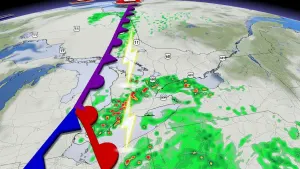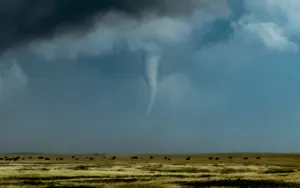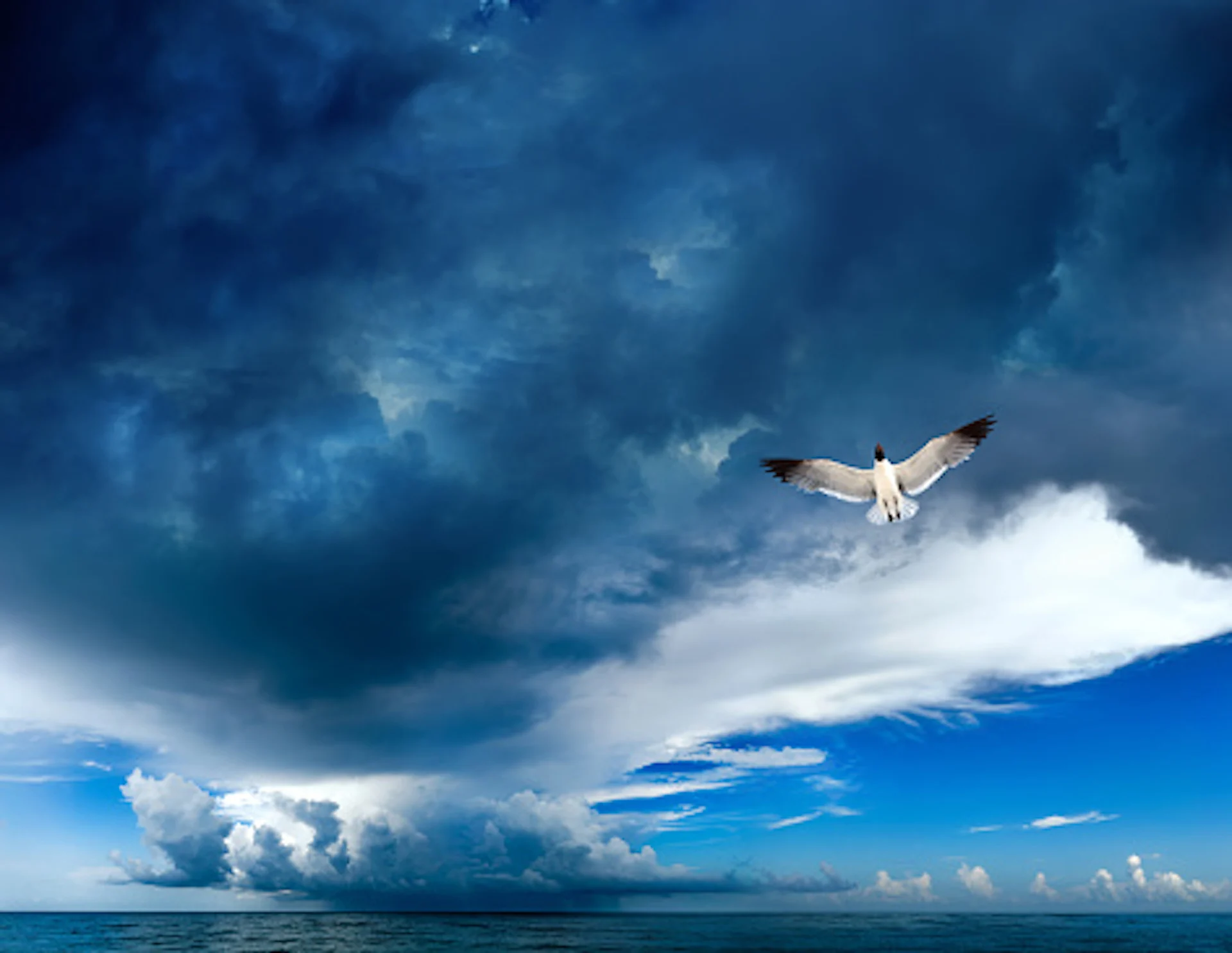
Could climate change bring paradigm shift in biodiversity tracking?
Similar to humans, animals are largely dependent on the weather. So, how we track our biodiversity is likely to change as the planet endures an evolving climate with more extreme weather events
Scientists work hard to monitor our wildlife populations closely, but climate change could throw a monkey wrench into part of their efforts to track them.
With the popularity of events such as the now-underway City Nature Challenge, which is an annual, friendly, international collaboration that encourages people to become citizen scientists to document our biodiversity, the increase in the frequency of extreme weather could mean less help from people outside the scientific community in keeping tabs on our natural world.
SEE ALSO: For global climate and biodiversity goals, we must reclaim nature in our cities
Just like humans, animals are are "extremely dependent" on the weather, so their behaviour will be modified based on what's happening around them, according to James Page, Canadian Wildlife Federation (CWF) species at risk and biodiversity specialist.
"If it's cold and raining outside, they may hunker down just like people do. [That] also makes it harder to track [them] and to get information on, as well, for what they're up to and the movement patterns for people to be able to observe them," said Page, in a recent interview with The Weather Network.

(Warren Howes/Submitted)
More intense weather could mean less observations recorded
The adverse effects of extreme weather on the behaviour of wildlife have been well documented, something that humans aren't immune to, either, Page explained.
"As species are less easily observed, if it's cold and rainy [or] if they're sheltering just like people, that also means there are less people inclined to make the effort to get outside and record the wildlife that's around them," said Page.
As a result, it can be somewhat of a "setback" for scientists as parts of the data they collect is based on community or citizen science efforts, Page added.

(Getty Images/blightylad-infocus/2110450158-170667a)
"People [could be] less inclined to head out in the cold rain and [run the] risk of getting their phones or devices wet, and just maybe not thinking to take photos and record biodiversity," said Page. "But, it is really important, and community science programs like iNaturalist can help inform both the behaviour of animals and people as we're out making those observations."
As well, researchers have to consider the longer-term, seasonal trends when looking at the impact of weather since some years will feature milder or colder conditions than usual, he said.
As a result, we could either see the early blossoming of tree buddings and arrival of insects, such as honeybees awakening from hibernation in Saskatchewan in the winter, or a delay in wildlife reappearing due to cold snaps, Page added.
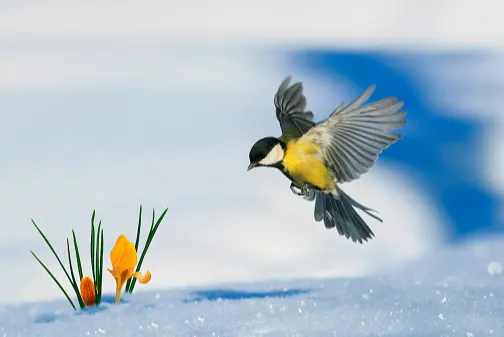
(Getty Images/Supplied)
"Conversely, if we get a later spring, the migratory species may be coming back in from where they've overwintered and they don't have those same food sources available to them," said Page. "If there is still a lot of snow around, if insects aren't out, if trees aren't budding and the flowers aren't up, yet, [those could be issues]."
Nature challenge is 'good motivation' to get outdoors after winter's departure
In Canada, the City Nature Challenge occurs near the middle of the spring when the weather typically becomes more favourable to be outdoors. The event is "good motivation" to get outside and think of the field season, and the approaching summertime, Page said.
This year’s event is being held in two parts: Recording observations from April 26-29 and identifying observations from April 30 to May 5.
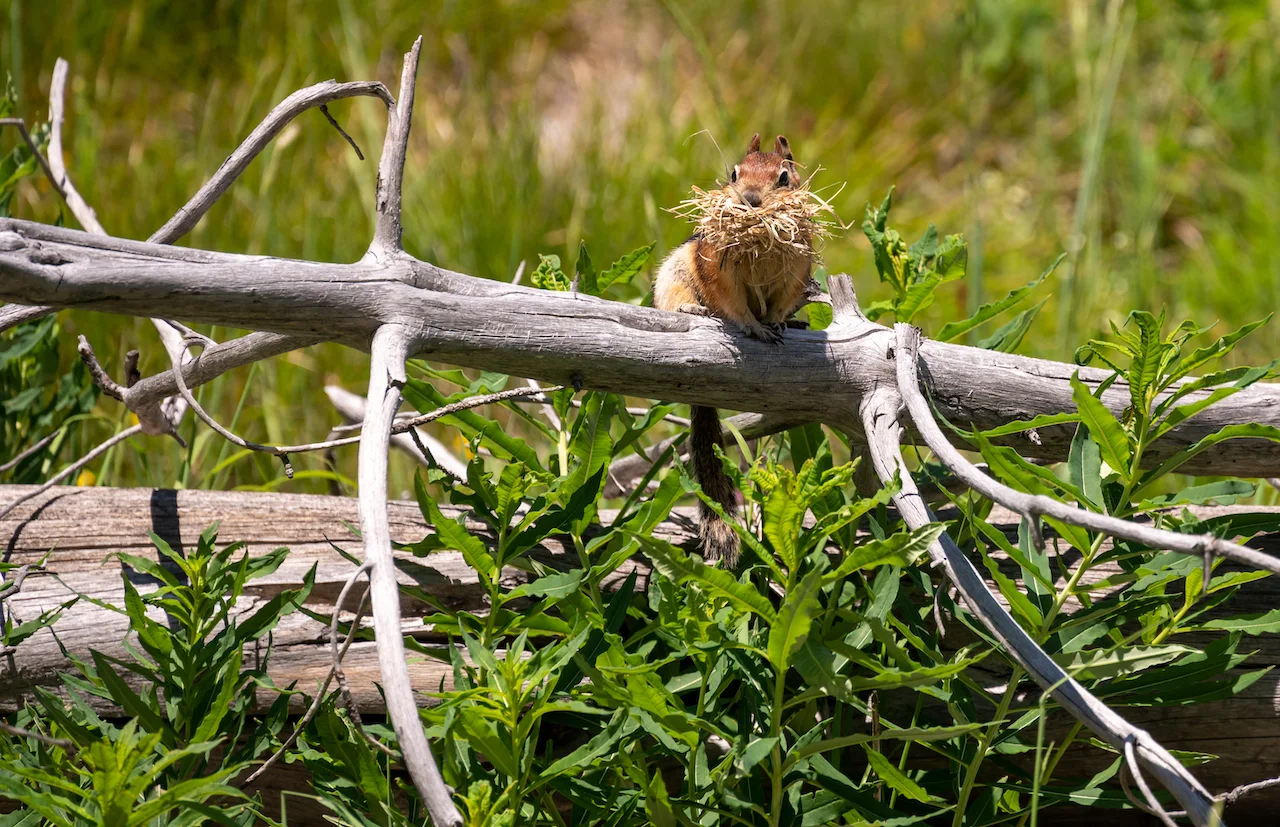
(Getty Images-1491031417)
The idea behind the yearly challenge is to see which city can record and upload the most observations of wildlife species using iNaturalist -- an app that incorporates image recognition software online and on smartphones -- to help users instantly identify plants and animals observed anywhere.
"It's a great opportunity to motivate those that need a little extra push to get outside and have a reason to start thinking springtime, and thinking about recording meaningful biodiversity data," said Page.
"The number of people that can get out during the City Nature Challenge to record wildlife, if we can collect tens of thousands of observations in just four short days, that can be really useful for conservation work," said Page.
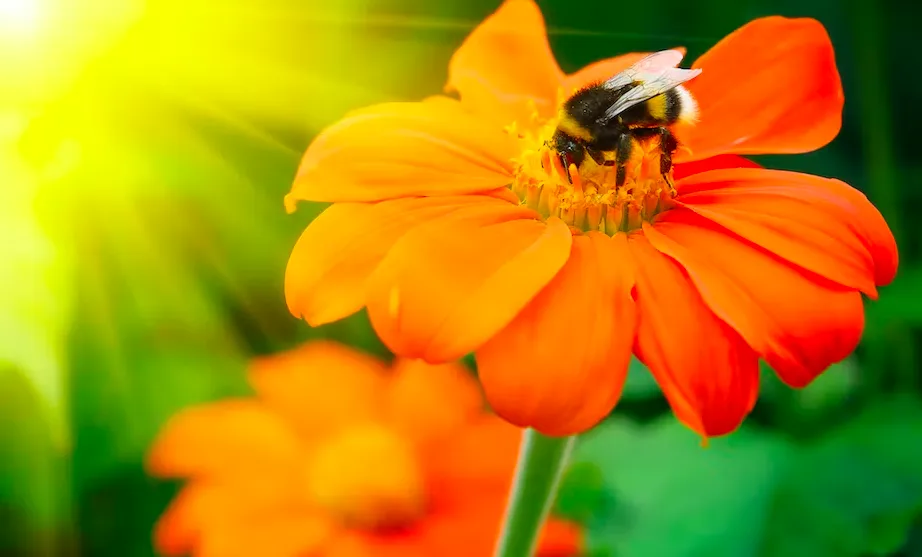
(Shutterstock)
And, for those people who don't live in participating cities, they can still take part in the global iNaturalist project, which will add their observations to the worldwide tally.
As a result of the changing climate, it's going to be difficult to pinpoint exactly where the shifts in wildlife numbers in Canada will be because of the complexity of ecosystems, Page said.
WATCH: Despite protections, loss of biodiversity still threatens too many species
"With climate change, the highly mobile species more likely to adapt than the non-mobile species," said Page.
"There is a lot of thinking that birds in general, especially in the southern part of Canada, [might increase in populations] because of warming temperatures. It might be suitable for more species that are normally found a little bit farther south."
'Observe with your own safety in mind'
Another critical component to documenting nature is safety. Aside from keeping a safe distance from wildlife at all times, ensuring you protect yourself from the elements while outdoors, whether it's from the rain, snow, thunderstorms or wildfires, is paramount, Page said.
The main message is to "observe with your own safety in mind."
"In any situation, we want people to take care of themselves and make sure they are safe, whether it's an extreme weather event or observing wildlife, either on the roadside or in a natural setting," said Page.
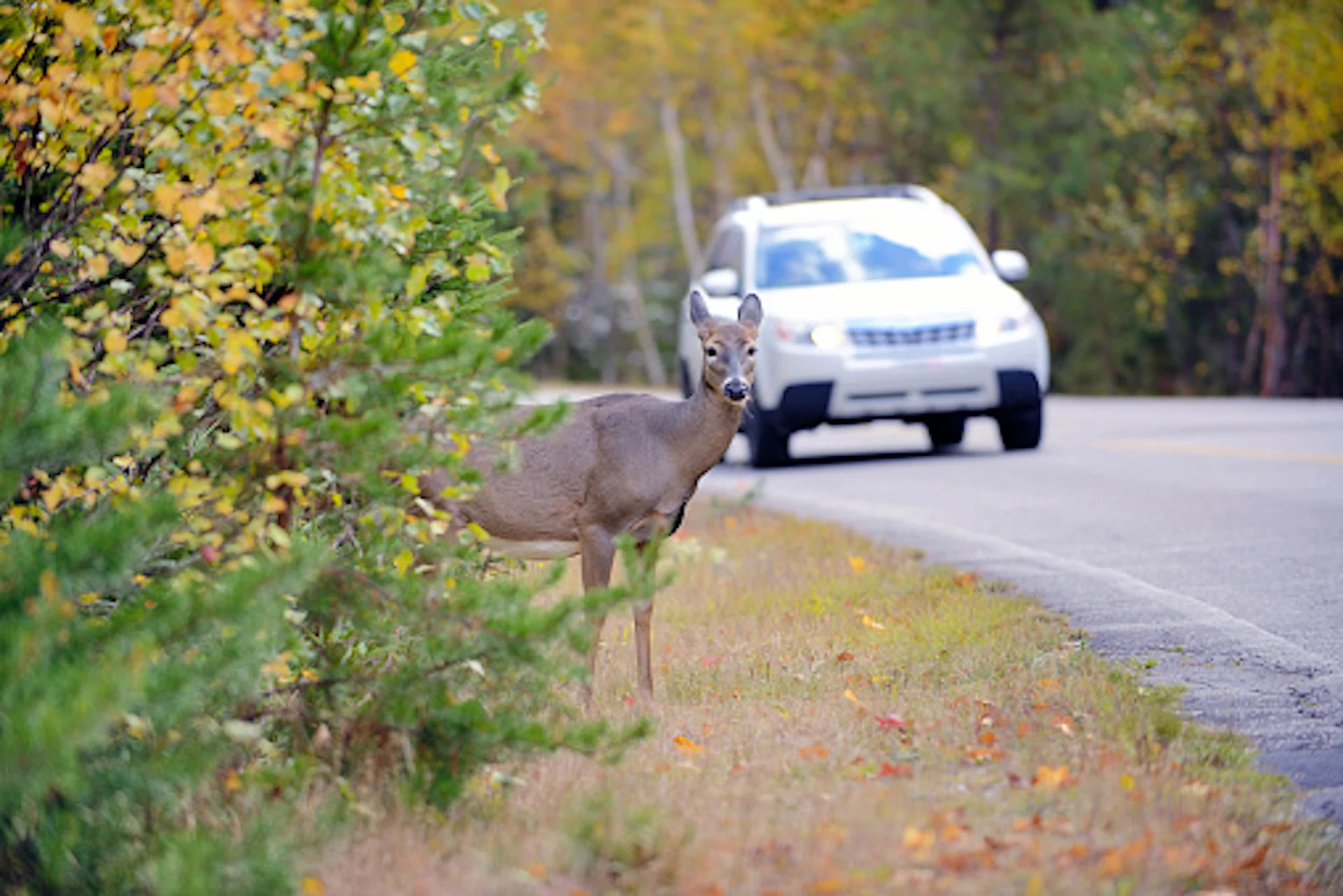
(Getty Images/Pascal L Marius/522021227-170667a)
"People need to be aware of their surroundings and make sure they're safe, and not getting too close to something dangerous, like a wildfire, flood or a grizzly bear."
However, extreme weather does present an opportunity to see firsthand what the impacts are on wildlife as it happens, as long as it is safe to document them, Page noted.
"[People can] help provide data on what the behaviours and responses are for wildlife, including plants and trees, right as regeneration happens," said Page. "Even going back after the fact to record observations and the biodiversity that is there can also help inform that regeneration and repopulation efforts, as well."
WATCH: Acadian forest at risk of losing biodiversity
Thumbnail courtesy of Getty Images/imagedepotpro/1940429756-170667a/
Follow Nathan Howes on X, formerly known as Twitter.









